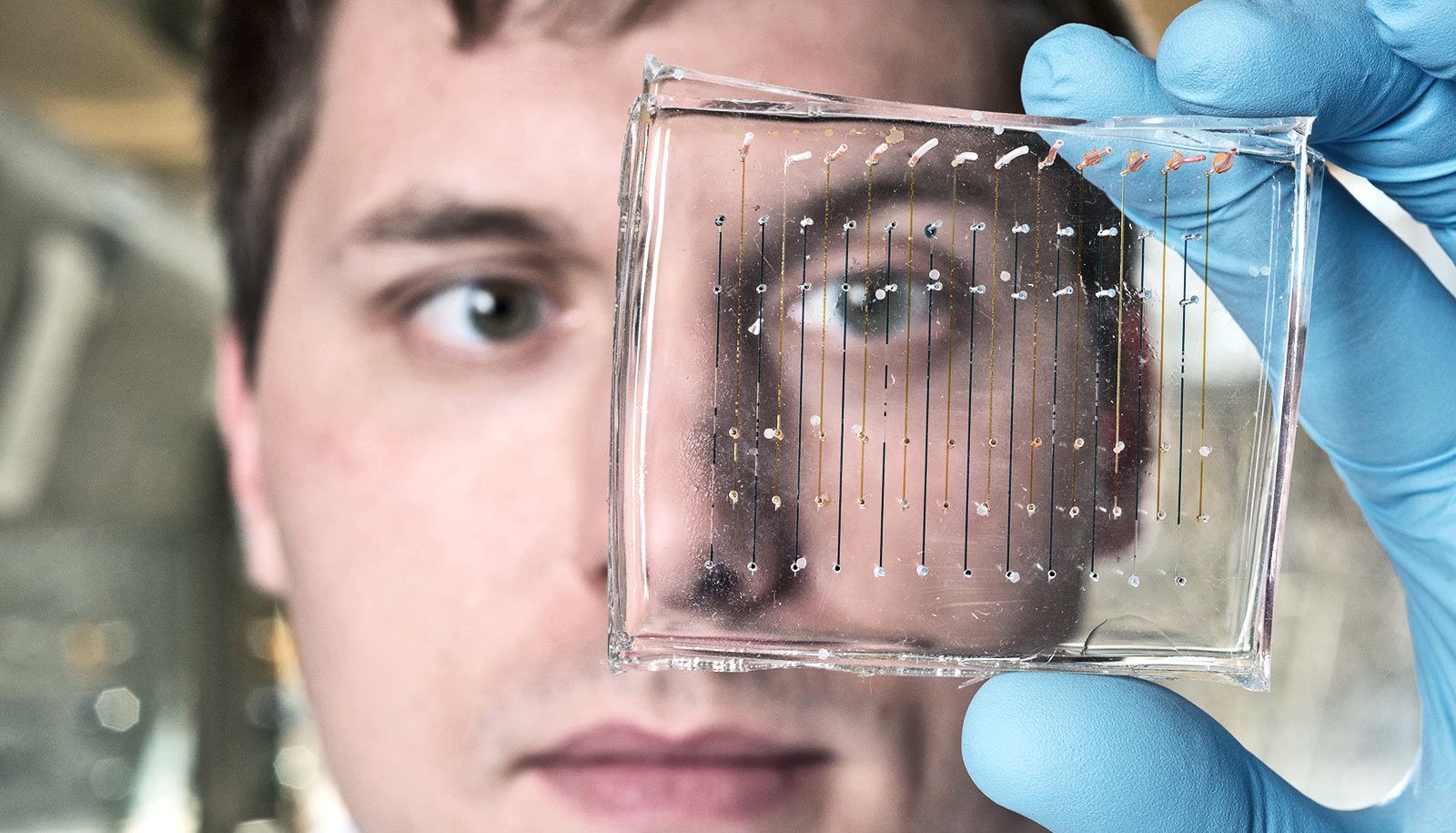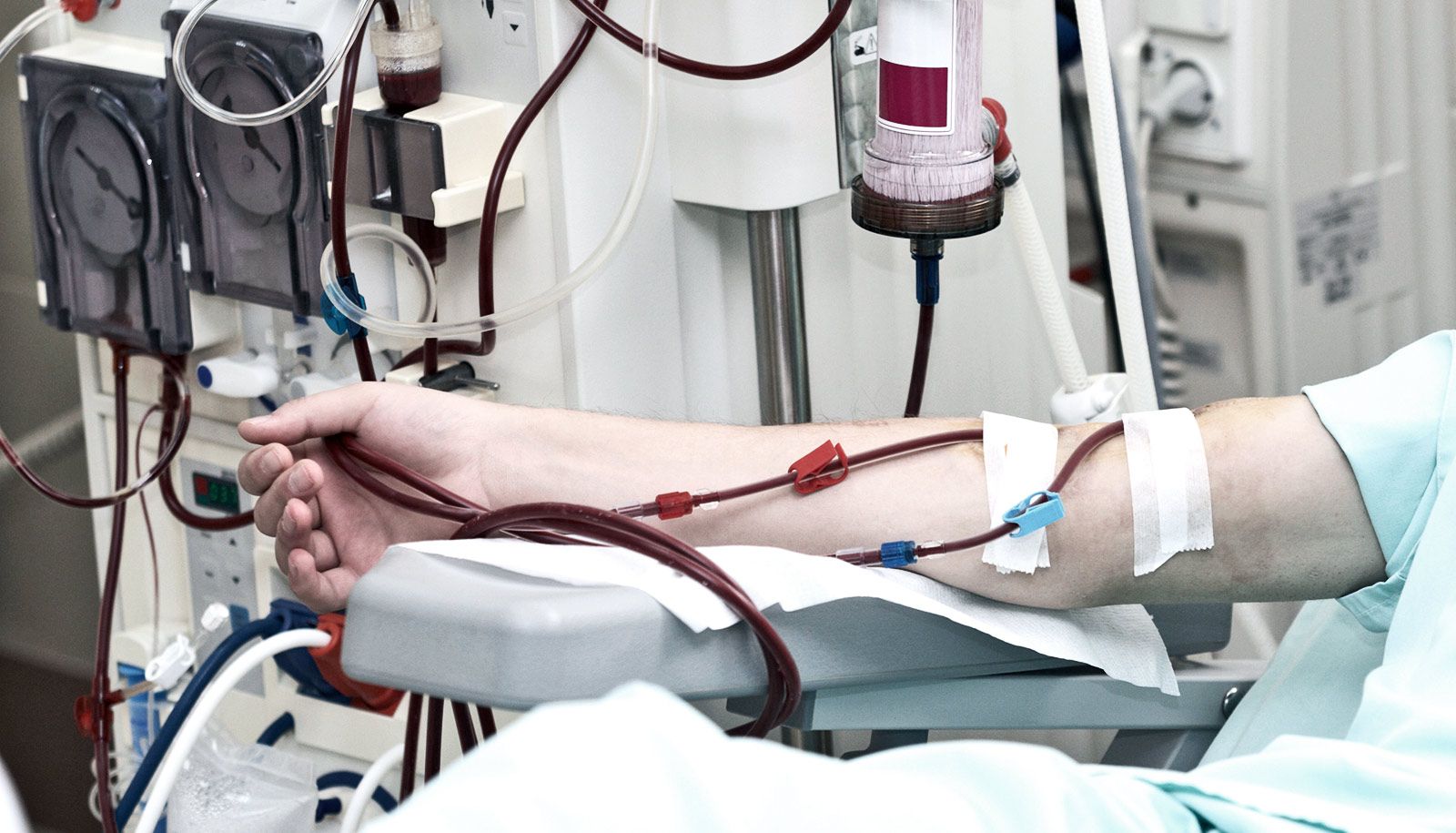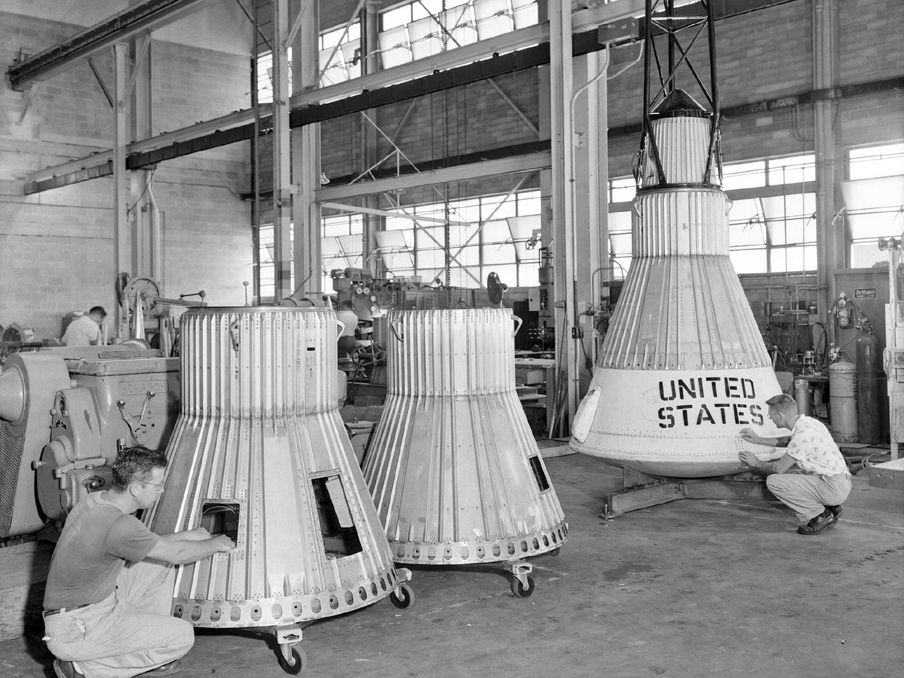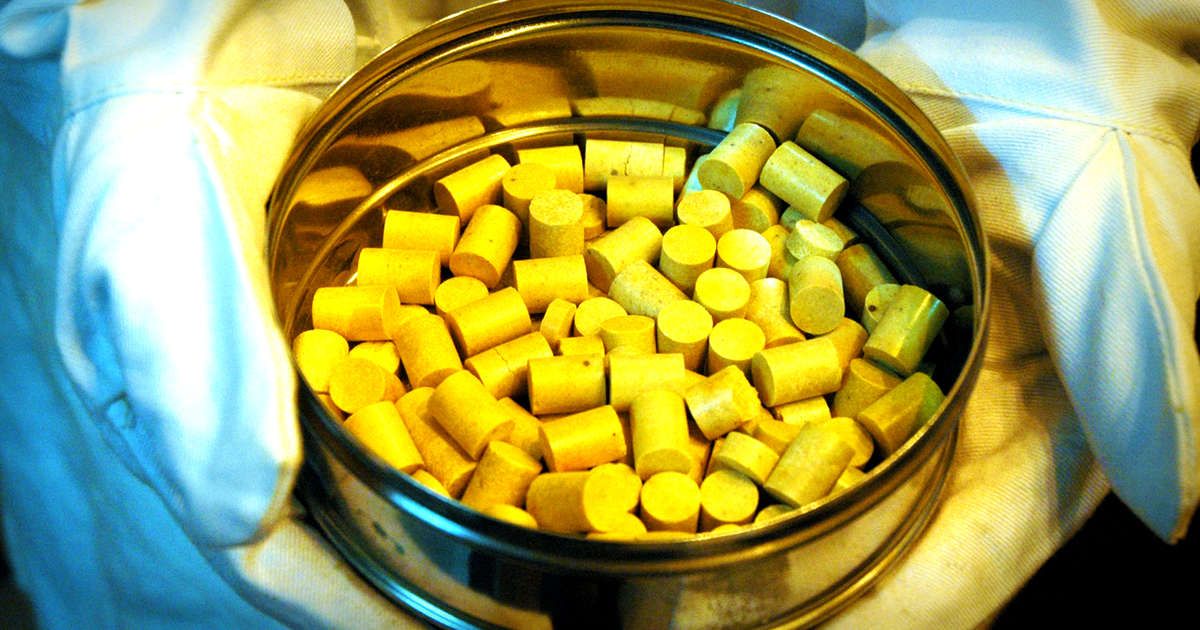Page 9730
Nov 4, 2018
This region runs ‘quality control’ for our brains
Posted by Genevieve Klien in category: neuroscience
Researchers have tended to overlook the cerebellum because of the difficulty in getting good scan data from the underside of the brain. That’s a mistake.
Nov 4, 2018
Method spotlights best nanoparticles to deliver genetic drugs
Posted by Genevieve Klien in categories: biotech/medical, genetics, nanotechnology
The new method uses a red glow to screen hundreds of nanoparticles at once to find which could best deliver drugs into living cells.
Nov 4, 2018
Your brain needs balance to pay attention
Posted by Genevieve Klien in category: neuroscience
When the brain gets ready to process something we see, some neurons prepare for work, while others remain in a resting state.
Nov 4, 2018
After states expanded Medicaid, fewer dialysis patients died
Posted by Genevieve Klien in category: biotech/medical
The adjusted absolute reduction in mortality in expansion states versus non-expansion states was 0.6 percentage points. Since end-stage renal disease affects more than 100,000 Americans each year, 0.6 percentage points equals hundreds of deaths annually, Trivedi says.
Better access to care
More research is necessary to determine exactly what caused the decrease in deaths, but the study suggests expanded insurance coverage, which provided better access to care, was the key factor in reducing mortality among this group. Medicaid expansion reduced the rate of end-stage renal disease patients without insurance by 4.2 percentage points, primarily through Medicaid coverage.
Nov 4, 2018
New light detector works a lot like gecko ears
Posted by Genevieve Klien in category: futurism
The way geckos’ ears work together to take in sound mirrors the way the detector works to map the angle of incoming light.
Nov 4, 2018
NASA: It was called “Little Joe,” because it was like rolling a two on each of the dice in a craps game
Posted by Genevieve Klien in categories: space, transportation
Four is the point Max Faget and Paul Pursur were trying to make in their quest to prove that harnessing that many modified Sergeant engines would make a $200,000 vehicle that would perform as well and with more flexibility, and would less cost than a $2.5 million Atlas or $1 million Redstone rocket.
Faget and Purser were two NASA space pioneers, whose aim was testing some of the Mercury components that would evolve into Apollo, including the escape and parachute systems and recovery methods, plus the performance of the space capsule under pressure at altitude.
Little Joe got off to an ignominious start when it blew its top one day at Wallops Island.
Nov 4, 2018
Carp ‘annihilated’ as Iraq’s water pollution woes worsen
Posted by Genevieve Klien in categories: food, sustainability
HINDIYAH, Iraq (AP) — Iraqi officials and fishermen are at a loss to explain how hundreds of tons of carp have suddenly died in fish farms in the Euphrates River, fueling anxieties about soaring water pollution.
Local authorities used excavators to skim dead fish from the river surface near the town of Hindiyah, 80 kilometers (50 miles) south of Baghdad, where residents and local farmers have long complained about substandard water management.
The fish were being farmed in cages for sale in domestic markets, where grilled carp is considered a national dish, called masgouf.

















